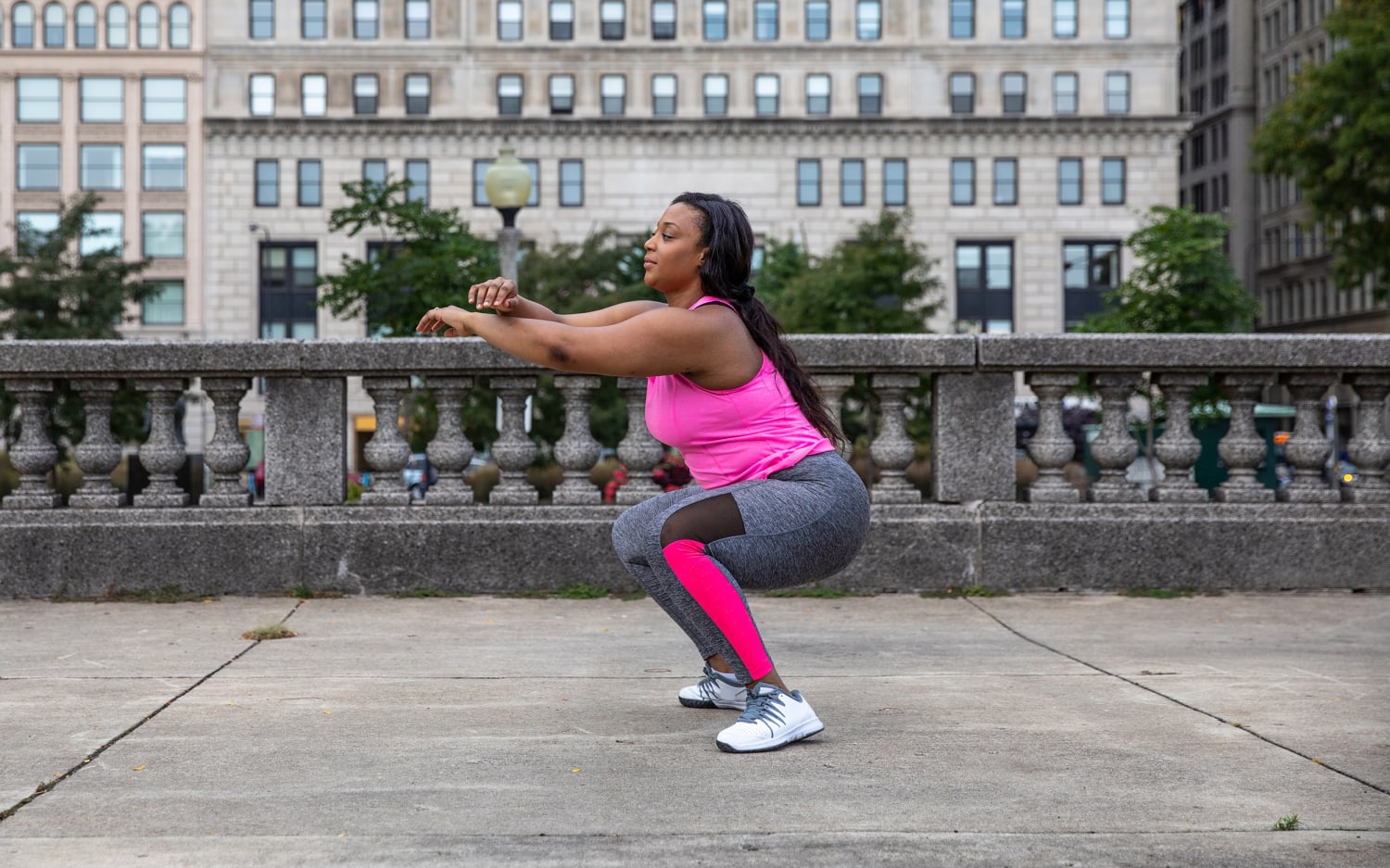Have you ever looked at a marathon runner and thought, “How on earth do they do that? I can barely run to catch the ice cream truck!” Well, fear not my fellow couch dwellers, because I am here to guide you on the treacherous yet rewarding journey from Netflix binges to a glorious 26.2-mile finish line. Get ready to lace up your sneakers, hydrate like a champ, and embrace the slow and steady path to marathon greatness. Trust me, if I can do it, anyone with enough determination (and a good playlist) can too!
Contents
- 1 Choosing the Right Training Plan
- 2 Building a Strong Base through Consistent Running
- 3 Incorporating Cross-Training for Overall Fitness
- 4 Nutrition Strategies for Long-Distance Running
- 5 Gradually Increasing Mileage to Avoid Injury
- 6 Preparation for Race Day: Mental and Physical Readiness
- 7 FAQs
- 8 —
- 9 Ready to lace up those shoes and tackle your first marathon?
Choosing the Right Training Plan
Before diving headfirst into a training plan, it’s important to consider your goals and fitness level. Here are a few key factors to keep in mind:
- **Fitness Level**: Be honest with yourself about where you currently stand. If you’re a beginner, jumping into an advanced plan will likely lead to burnout (and maybe a few tears). Start with a plan that matches your current fitness level.
- **Goals**: Are you training for a marathon, trying to improve your strength, or just looking to stay active? Different goals require different types of training plans. Make sure you choose one that aligns with what you want to achieve.
- **Time Commitment**: Some training plans require hours of commitment each day, while others can be completed in just a few minutes. Consider how much time you realistically have to devote to your workouts before committing to a plan.
It’s also crucial to find a plan that you enjoy. If the thought of doing endless burpees makes you want to run for the hills, maybe a CrossFit plan isn’t the best fit for you. Look for a plan that aligns with your interests and keeps you motivated.
Ultimately, the right training plan is the one that challenges you without overwhelming you. Don’t be afraid to try a few different plans until you find the perfect fit. And remember, laughter is the best medicine – even if you’re doing one too many squats.

Building a Strong Base through Consistent Running
So, you want to build a strong base through consistent running, huh? Well, get ready to lace up those sneakers and hit the pavement, because we’re about to dive into all the tips and tricks you need to become a running machine.
First things first, it’s important to set some goals for yourself. Whether you’re aiming to run a certain distance, improve your speed, or just want to enjoy a leisurely jog around the block, having a clear idea of what you want to achieve will help keep you motivated.
Next up, be sure to listen to your body. Running can be tough on the joints and muscles, so it’s essential to pay attention to any aches or pains. Make sure you’re wearing proper footwear and consider incorporating strength training exercises into your routine to help prevent injuries.
And finally, remember that consistency is key. It’s better to run a few times a week for shorter distances than to push yourself too hard and end up burnt out. Find a routine that works for you and stick to it, and before you know it, you’ll be well on your way to building that strong base you’ve been dreaming of.

Incorporating Cross-Training for Overall Fitness
Are you tired of the same old boring workout routine? Spice things up and incorporate cross-training into your fitness regimen to keep things interesting and challenge your body in new ways. Cross-training involves combining different types of exercises to work different muscle groups and improve overall fitness.
By incorporating cross-training into your routine, you can prevent boredom, reduce the risk of injury, and improve your overall fitness level. Plus, trying new activities can help you discover hidden talents and strengths you never knew you had. So why stick with just one type of workout when you can mix things up and have some fun?
Try incorporating activities like hiking, yoga, swimming, or cycling into your routine to keep things fresh. Not only will you improve your cardiovascular fitness and strength, but you’ll also have a blast trying new things and challenging yourself in new ways. Who knows, you might even discover a new passion or hobby along the way!
So go ahead, break out of your workout rut and give cross-training a try. Your body will thank you, and you’ll have a blast discovering new ways to stay fit and healthy. Who says working out has to be boring? Mix it up, have fun, and reap the rewards of a well-rounded fitness routine. So what are you waiting for? Get out there and start incorporating cross-training into your fitness routine today!

Nutrition Strategies for Long-Distance Running
So you’ve decided to tackle the beast that is long-distance running. Congratulations, you brave soul! But before you lace up those sneakers and hit the pavement, you need to make sure you’re fueling your body properly. Here are some nutrition strategies to help you conquer those miles and avoid hitting the wall.
First and foremost, hydration is key. You don’t want to be like a dried-up raisin halfway through your run. Make sure you’re drinking plenty of water before, during, and after your run. And don’t forget electrolytes! You can always count on that trusty sports drink to keep you hydrated and feeling like a champ.
Next up, let’s talk about carb loading. No, I’m not talking about eating an entire pizza the night before your run (but hey, if that’s your strategy, who am I to judge?). Stock up on those complex carbs like pasta, rice, and sweet potatoes in the days leading up to your run. Your body will thank you when it’s churning out those miles like a well-oiled machine.
And last but not least, don’t forget about protein. Those muscles of yours are working overtime, so make sure you’re giving them the fuel they need to recover. Whether it’s a post-run smoothie packed with protein powder or a hearty chicken dinner, make sure you’re getting enough protein to keep those legs moving.
Gradually Increasing Mileage to Avoid Injury
So you’ve decided to take up running, but you don’t want to end up injured before you even hit your first 5K. Good thinking! The key to preventing injury when increasing mileage is to be slow and steady, like a tortoise without the shell. Here are some tips to help you gradually increase your mileage without ending up in the turtle hospital.
First things first, don’t go from zero to hero in one day. Your body is not a superhero cape, so don’t treat it like one. Start by adding just 10% more miles to your runs each week. It may not sound like much, but trust me, your knees will thank you. Plus, it’s a great excuse to buy more cute running gear to show off your progress.
Another great way to avoid injury is to mix up your running surfaces. Don’t be a one-trick pony and only run on pavement. Give your joints a break by hitting the trails or running on a track every once in a while. Your body will thank you, and you might even see some new scenery that doesn’t involve dodging traffic.
Lastly, listen to your body. If you’re feeling more sore than usual or like you’re running on empty, it’s okay to take a day off. Your running shoes won’t judge you for skipping a day, I promise. Remember, slow and steady wins the race…or at least keeps you injury-free long enough to sign up for that half marathon you’ve been eyeing.
Preparation for Race Day: Mental and Physical Readiness
On race day, it’s essential to prepare both mentally and physically for the challenges ahead. Without the right mindset and physical readiness, you might as well be racing against a herd of turtles wearing cement shoes. Here are some tips to make sure you’re as prepared as possible:
Mental Preparation:
- Visualize success: Imagine yourself crossing the finish line with a huge smile on your face, high-fiving spectators along the way.
- Stay positive: Don’t let negative thoughts creep into your mind. Instead, repeat positive affirmations like “I am a speedy gazelle” or “I am the Usain Bolt of this race.”
- Focus on the present: Don’t worry about how fast the person next to you is running or how many hills are left on the course. Just concentrate on putting one foot in front of the other.
Physical Readiness:
- Warm-up properly: Do some light jogging, dynamic stretches, and maybe even a little dance party to get your muscles primed and ready to go.
- Hydrate: Don’t rely on the water stations along the course – bring your own hydration pack filled with electrolyte-infused unicorn tears to keep you hydrated and energized.
- Get enough rest: Avoid staying up all night binge-watching Netflix the night before the race. Aim for at least 8 hours of sleep so you can feel fresh and ready to conquer the course.
FAQs
Can I really go from couch potato to running a full marathon?
Absolutely! With the right training plan, determination, and a little bit of sweat (okay, maybe a lot of sweat), you can absolutely go from lounging on the couch to conquering 26.2 miles.
How long does it typically take to train for a marathon?
It usually takes about 4-6 months to properly train for a marathon. So say goodbye to all those lazy weekends binge-watching Netflix and hello to long, grueling, but ultimately rewarding runs.
Do I need to be a super athlete to run a marathon?
Nope! You definitely don’t need to be a super athlete to run a marathon. All you need is the willpower to push through the tough moments and the determination to reach that finish line.
What are some common mistakes to avoid when training for a marathon?
Some common mistakes to avoid include skipping rest days (your body needs time to recover!), not fueling properly (carbs are your friend!), and forgetting to hydrate (water is essential for those long runs).
How do I stay motivated throughout the training process?
Find a training buddy or a running group to keep you accountable, create a killer playlist to keep you pumped up during your runs, and visualize yourself crossing that finish line. And hey, a little post-run treat never hurt anyone either!
What should I do if I hit a wall during training?
Don’t worry, hitting a wall is totally normal during marathon training. Take a rest day, reassess your training plan, and remember why you started this journey in the first place. And hey, a little pep talk from yourself never hurt either!
—
Ready to lace up those shoes and tackle your first marathon?
Congratulations, you brave soul! You’ve made the commitment to go from couch potato to marathon warrior. Remember, it’s not just about the finish line, it’s about the incredible journey along the way. So go out there, put in the miles, and embrace the sweat, tears, and triumphs that come with marathon training. And most importantly, don’t forget to reward yourself with a big, fat slice of pizza after your long runs. You’ve got this! Good luck, future marathoner!








Leave A Comment